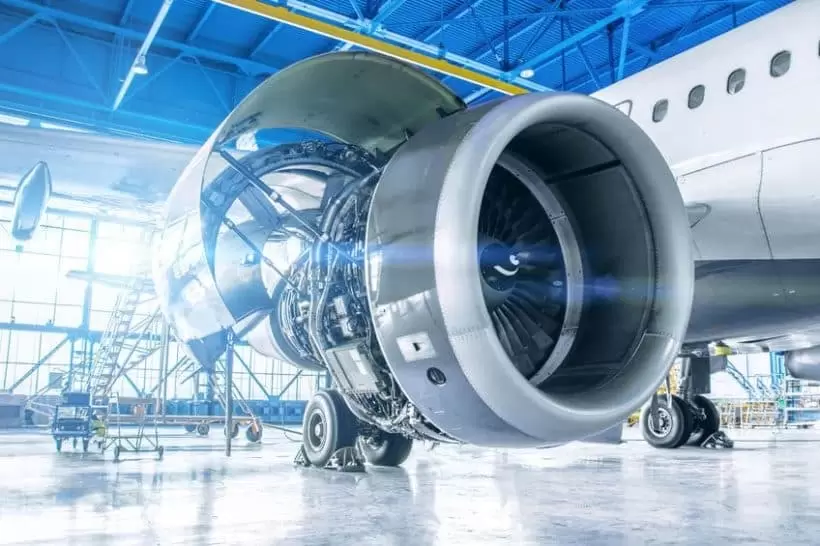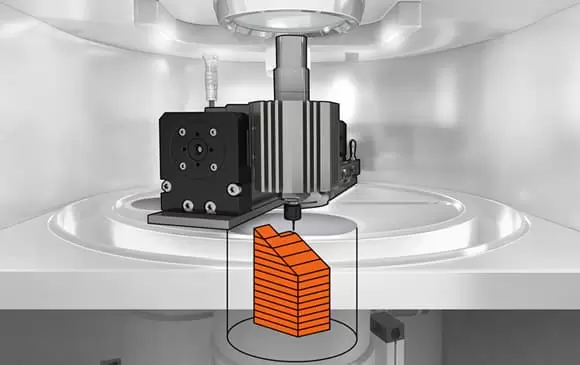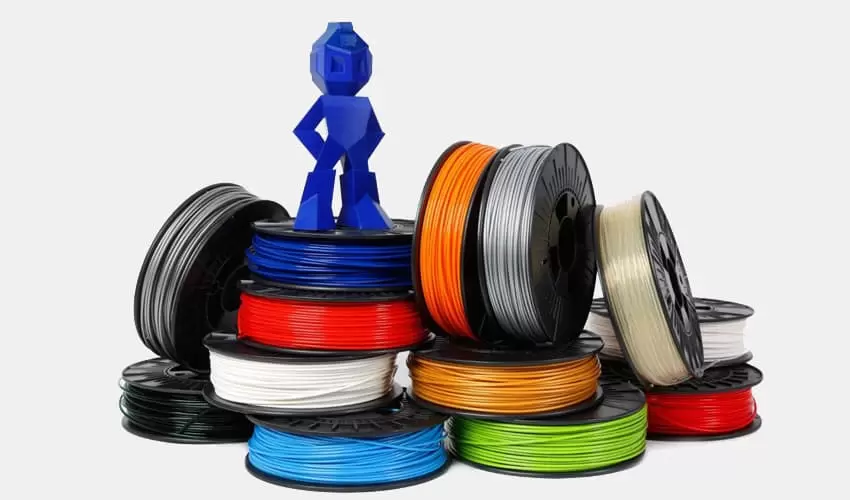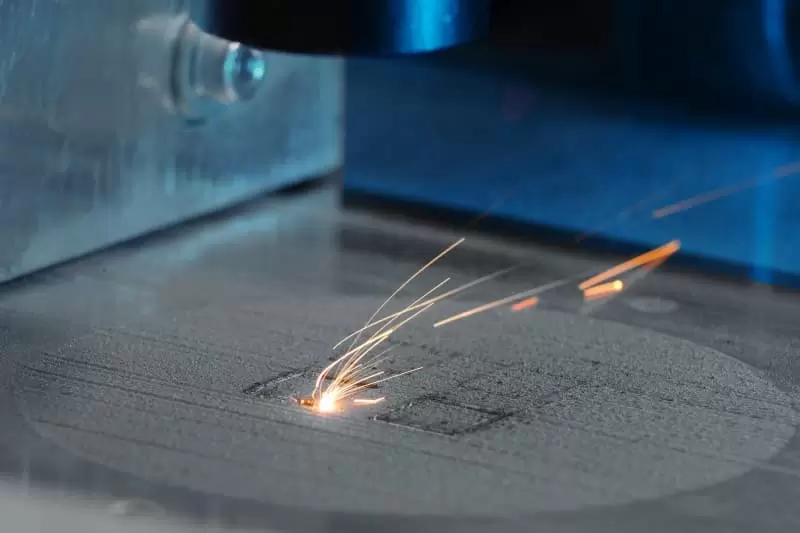The title captures the transformative impact of 3D printing services on the manufacturing industry. 3D printing, also known as additive manufacturing, has emerged as a groundbreaking technology that is reshaping traditional manufacturing processes. This description explores the ways in which 3D printing is revolutionizing the industry and highlights its role in driving innovation and efficiency.
3D printing is revolutionizing manufacturing through its ability to create complex and customized objects with unprecedented precision. Unlike conventional methods, which often require costly tooling or specialized machinery for each new design, 3D printing allows for the direct fabrication of objects from digital design files. This eliminates the need for expensive molds or time-consuming setup, resulting in faster and more flexible production processes.
Furthermore, 3D printing enables the production of intricate geometries and designs that were once challenging or impossible to achieve through traditional manufacturing means. This breakthrough has profound implications, allowing for the creation of lightweight structures, optimized parts, and even customizable products tailored to individual needs. With 3D printing, manufacturers can push the boundaries of innovation and offer unique solutions that were previously unattainable.
The manufacturing industry has greatly benefited from the advancements in 3D printing technology. Firstly, 3D printing has significantly reduced the time and cost involved in prototyping and product development. Manufacturers can quickly iterate designs and produce functional prototypes, streamlining the design-to-market process. This accelerated timeline offers a competitive edge, enabling companies to bring products to market faster and respond to evolving customer demands in a more agile manner.
Additionally, 3D printing has improved supply chain efficiency by enabling on-demand manufacturing and reducing the reliance on traditional inventory management. With 3D printers located closer to the point of need, companies can reduce lead times, minimize transportation costs, and produce spare parts or localized production without the need for large warehouses. This decentralization has the potential to revolutionize how manufacturing is organized and distributed, bringing production closer to the consumers.
The role of 3D printing in the manufacturing industry is multi-faceted. It serves as a catalyst for innovation, enabling novel designs and product concepts that were previously constrained by traditional manufacturing processes. 3D printing also empowers customization, allowing manufacturers to tailor products to individual preferences and requirements. Moreover, it fosters sustainability by minimizing material waste and supporting the production of lightweight and energy-efficient components.
Overall, 3D printing is reshaping the manufacturing industry by enabling faster prototyping, customization, supply chain optimization, and sustainable production. Its transformative potential holds exciting prospects for innovation and efficiency, heralding a new era of manufacturing possibilities.
Reduced waste and increased efficiency in production
3D printing services have revolutionized the manufacturing industry by reducing waste and increasing efficiency. This technology has enabled on-demand production, reduced need for inventory and storage, as well as more precise and accurate production processes.
On-demand production
On-demand production is one of the significant benefits of 3D printing services in the manufacturing industry. With traditional manufacturing methods, companies had to produce a large volume of products at once to be cost-effective. This approach led to excess inventory that could not sell quickly or even become obsolete before reaching customers. However, with 3D printing services, businesses can now produce custom-made products on demand when needed without excessive inventory.
Companies such as Adidas are already taking advantage of this technology by using 3D-printed soles for their shoes rather than producing them through traditional injection molding techniques. By doing this, they can avoid overproduction while still meeting customer demands with personalized designs.
Reduced need for inventory and storage
Inventory management has been an essential part of any business's success in the past few decades. However, storing excess stock takes up valuable space within facilities that could otherwise be used for other purposes like additional machinery or equipment installation.
With 3D printing services' help, there is no longer a need to keep extra stock since they allow manufacturers to print parts only when required instead of mass-producing them beforehand. As a result, companies reduce material wastage due to overproduction while freeing up space previously occupied by unnecessary inventories.
Boeing is among many manufacturers using additive manufacturing (AM) technologies such as 3D printing to cut costs associated with holding inventories continuously; it produces maintenance kits on demand instead of carrying high levels in-house indefinitely.
More precise and accurate production processes
Precision engineering requirements have always been crucial in various industries ranging from aerospace down into medical equipment manufacture where very tight tolerances are vital.
However; traditional machining methods often fall short regarding accuracy due mainly to human error in manual machining processes. With 3D printing services, manufacturers create parts with unparalleled precision and accuracy.
For example, Siemens Gas and Power has invested extensively in additive manufacturing technologies to produce gas turbine components that are precisely tailored for each customer's needs. By using 3D printing services, they can produce complex shapes or features that would be challenging or even impossible with traditional methods.
Customization and personalization of products
With the rise of 3D printing services, customization and personalization of products in the manufacturing industry has become easier than ever before. This technology allows manufacturers to create unique and customized products for their customers.
Creation of unique and customized products
By using 3D printing services, companies can create one-of-a-kind items that are tailored to a specific customer's needs. Products such as jewelry, phone cases, and even prosthetics can be designed to fit an individual's exact specifications. The ability to produce custom parts is especially valuable in industries like aerospace or automotive where parts need to fit perfectly into complex machinery.
Several companies have already implemented 3D printing services for unique and customized products. For example, Nike has utilized this technology with their Flyprint shoe line which features personalized knit uppers based on data from athletes' feet. Similarly, Porsche has used it to offer customizable brake calipers in any color imaginable.
Mass customization at a lower cost
Not only does 3D printing enable customization on an individual level but it also allows for mass customization at a lower cost than traditional manufacturing methods would permit. By utilizing digital designs instead of physical molds or dies, companies can make changes more easily without having to incur additional costs associated with retooling production lines.
Some businesses have already taken advantage of this by offering consumers personalized versions of otherwise standardized products while still maintaining reasonable prices. For instance, eyewear manufacturer Shapeways offers custom-fit glasses made through additive manufacturing processes that allow customers to choose specific colors and shapes according to their preferences.
Skilled workforce and efficient production processes
Development of new job opportunities
The introduction of 3D printing services in the manufacturing industry has created a host of new job opportunities. These include roles such as CAD designers, 3D printing technicians, and materials engineers. With demand for these specialized skills on the rise, more training programs are being developed to help individuals build careers in the technology.
Several companies have already taken advantage of this trend. For instance, GE Aviation invested $50 million to establish an advanced additive manufacturing plant in Alabama that employs over 300 people. The facility produces complex parts for jet engines using 3D printing technology.
Another example is Nike's Flyprint shoe line which features a custom-made textile upper made from a proprietary filament material and printed with a specific pattern via 3D printers. This innovative product required skilled designers and production experts who could develop unique designs and produce them efficiently.
Creation of more efficient and sustainable manufacturing processes
In addition to creating new jobs, incorporating 3D printing services into manufacturing operations also leads to increased efficiency and sustainability. Compared to traditional methods like injection molding or CNC machining, 3D printing can reduce waste by up to 90% due to its ability to print only what is needed without generating excess scrap material.
Moreover, it allows manufacturers greater flexibility in designing products with complex geometries that would be difficult or impossible using other methods. This not only saves time but reduces costs associated with tooling development.
One company that has successfully implemented 3D printing for improved efficiency is General Electric (GE). They used additive manufacturing technology when developing their LEAP engine fuel nozzles which reduced weight by approximately five times compared with traditionally manufactured components while improving performance significantly too.
Furthermore, Adidas introduced Futurecraft Loop shoes that are entirely recyclable thanks largely because they’re constructed almost entirely from TPU – thermoplastic polyurethane – making them easily grindable back down into pellets for reuse within footwear production. The shoes were produced using 3D printing technology that allowed the company to create a unique and sustainable product.
Conclusion
In conclusion, 3D printing services are revolutionizing the manufacturing industry. The ability to quickly create prototypes and customize parts has significantly reduced production time and costs. This technology has also allowed for more complex designs that were previously impossible with traditional manufacturing methods. As a result, companies are now able to bring their products to market faster and with higher quality than ever before.
Moreover, 3D printing is helping businesses become more sustainable by reducing waste materials typically produced during traditional manufacturing processes. With the ability to print only what is needed, there is less material wastage which ultimately saves money in raw material expenses.
Furthermore, as 3D printing technology continues to advance at an unprecedented rate of development, it’s expected that we will see even greater changes in the manufacturing industry over the coming years. There is no doubt about its potential impact on supply chains across various industries.
Overall, those who embrace this cutting-edge technology stand poised for success in this ever-changing business environment while others risk being left behind. It’s clear that the future of manufacturing lies firmly within 3D printing technologies for both large corporations as well as small-scale manufacturers looking for innovative solutions to stay competitive in today's market-driven economy.
3D printing, also known as additive manufacturing, has emerged as a transformative technology that is revolutionizing the manufacturing industry. By offering unparalleled design flexibility, reduced lead times, and cost-effectiveness, 3D printing has opened up new possibilities and unleashed a wave of innovation. In this article, we explore the profound impact of 3D printing on the manufacturing sector and its exponential growth in recent years.
- The Transformation of Manufacturing through 3D Printing
a. Design Freedom: One of the most significant advantages of 3D printing is its ability to create complex geometries and intricate designs that were previously unattainable with traditional manufacturing methods. This design freedom enables engineers and designers to explore novel concepts, optimize product performance, and create customized solutions tailored to individual needs.
b. Rapid Prototyping: 3D printing enables rapid prototyping, allowing manufacturers to iterate and test their designs quickly and cost-effectively. This accelerated development process reduces time-to-market and gives companies a competitive edge by bringing innovative products to consumers faster.
c. Cost Efficiency: Traditional manufacturing often involves expensive tooling and setup costs, especially for small production runs. In contrast, 3D printing eliminates the need for tooling, as components are built layer by layer from digital models. This significantly reduces production costs for small-batch manufacturing and custom products.
d. Supply Chain Optimization: 3D printing facilitates decentralized production, making it possible to manufacture products closer to the point of consumption. This shift in manufacturing can lead to shorter supply chains, reduced transportation costs, and decreased carbon emissions.
e. Spare Parts and On-Demand Manufacturing: With 3D printing, companies can maintain digital inventories of spare parts rather than storing physical stock. This approach ensures the availability of parts whenever needed, reducing downtime and supply chain bottlenecks.
- The Impact of 3D Printing on the Manufacturing Sector
a. Aerospace and Defense: 3D printing has revolutionized aerospace and defense industries by enabling the production of lightweight and complex components. It has also reduced lead times for prototype development, allowing for faster testing and integration of new technologies.
b. Healthcare: The healthcare sector has seen a significant impact from 3D printing, with applications ranging from patient-specific medical implants to personalized prosthetics. 3D printing's ability to create tailored medical solutions has improved patient outcomes and enhanced the efficiency of medical device production.
c. Automotive: In the automotive industry, 3D printing has facilitated rapid prototyping and the production of lightweight parts, contributing to improved vehicle efficiency and reduced fuel consumption. Additionally, it has streamlined the manufacturing process and reduced supply chain complexities.
d. Consumer Goods: 3D printing has opened up opportunities for customization in the consumer goods sector. From personalized accessories to bespoke fashion items, 3D printing allows brands to cater to individual preferences and gain a competitive edge.
- The Growth of 3D Printing in Manufacturing
The growth of 3D printing in manufacturing has been exponential. According to industry reports, the global 3D printing market is projected to continue expanding at a compound annual growth rate (CAGR) of over 20% in the coming years. As the technology advances and becomes more accessible, more industries are adopting 3D printing for production applications.
Furthermore, advancements in 3D printing materials and technology are enhancing the overall performance and viability of printed components, attracting more manufacturers to incorporate 3D printing into their workflows. Additionally, research and development efforts are focused on enhancing the speed, scale, and material capabilities of 3D printing, which will further drive its adoption in the manufacturing sector.




